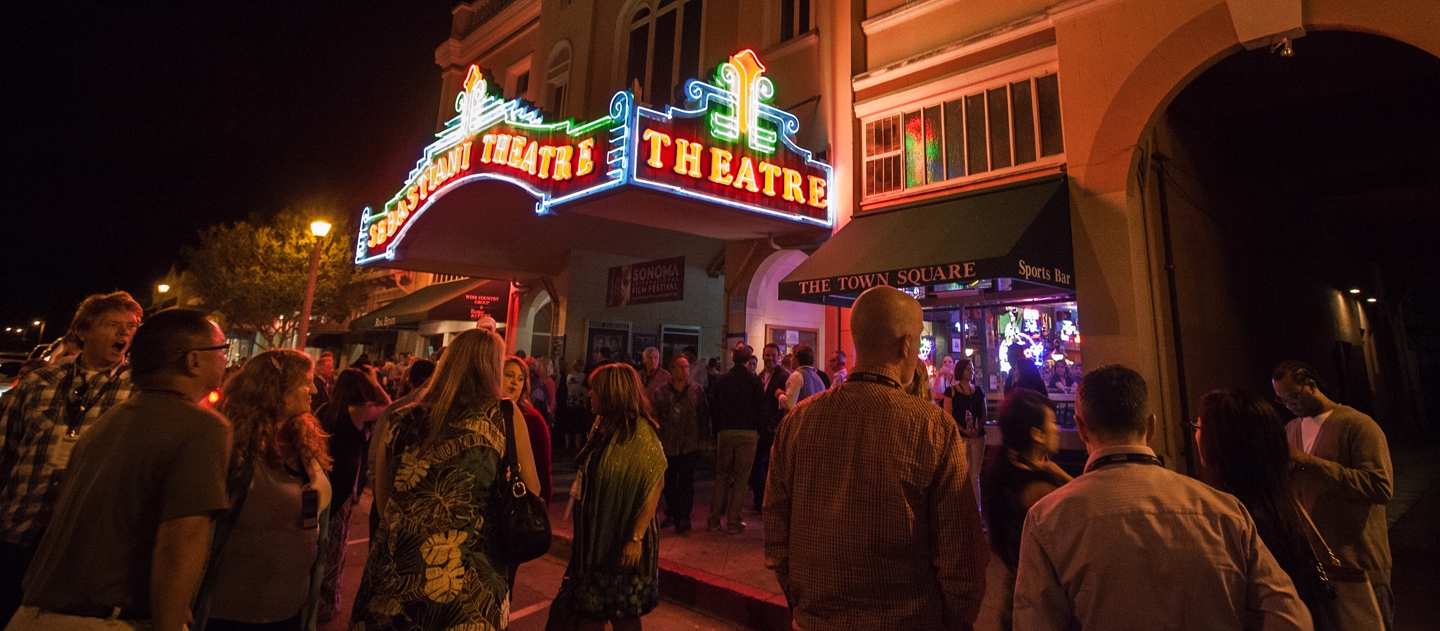
Blame Grand Central Station. New York was once ready to tear the Grand Dame down and replace her with a glass-clad skyscraper. I was horrified by the idea, and still am. Penn Station had already suffered the ravages of the wrecking ball, and it seemed Grand Central was doomed to suffer the same fate. Jackie Onassis, of all people, stepped into the fray and the combination of her fame and the outrage of ordinary New Yorkers saved the day. Today, Grand Central has been completely restored and is considered one of the Crown Jewels of Manhattan.
That victory notwithstanding, the New York I left in 1968 has undergone a process of gentrification that continues right up to this day. Gentrification is the term generally applied to changes that subject older architecture to the scrap heap in favor of larger and newer buildings, replace independently owned shops and stores with corporate outlets, and apply a homogenized appearance and style to previously “organically haphazard” neighborhoods. This process could be called “colonial capitalism” insofar as it represents the replacement of an authentic sense of place with an artificial one created in a boardroom.
Such artificial sense of place tends to either ignore historic patterns entirely by imposing corporate identity programs of logos, signage, colors, and out-of-the-box architecture or attempting to fabricate faux-historical motifs that simulate authentic character. The former is always shocking, though in an area truly blighted by abandoned buildings, crime and deep poverty overtly visible corporate investment can actually uplift an area. The latter is customarily employed in more sensitive situations, where history is appreciated and preservation pursued. The risk in creating faux-historical architecture is its tendency towards being sentimental.
Sentimentality requires isolation of one sense from the others. Thus sentimentality in visual appearance becomes comfortable “eye candy” intended to satisfy a longing for emotionally familiar and resonant physical styles. Other forms of sentimentality involve similar sensory isolation, such as air-fresheners that remind us of pine forests or cinnamon apples. Being human, we naturally meld our sensory experiences through synesthesia, connecting varied visual, auditory, olfactory and tactile senses together into a blended melange.
For those who have not lived in a place for very long, or visitors popping in for a weekend, it’s impossible to fully sense the fabric of Sonoma; visually, it’s all sentimental eye candy, devoid of historical context, accumulated personal experience or meaning. For the newcomer or tourist, the Plaza, the buildings, the shops, the food, the hillside backdrop are like a movie set facade with nothing yet behind it. Only those who live in a place over time accumulate the synesthetic experience that transcends sentimentality: actual memories and an acquired sense of place.
The gentrification of Sonoma is well under way, a backwater swept by a relentless tide washing across America, and even the world as a whole. Sameness, artificiality, homogeneity and sentimentality are the artifacts colonial capitalism employs in its expansion. Accordingly, the unmistakable irony of the replication of the first Williams-Sonoma store symbolically closes the gentrification circle; what began as a modest authentic expression of an independent shop owner returns to the place of its birth under the aegis of its 5.6-billion-dollar corporate behemoth. What else is to come remains to be seen, but given trends, it’s likely to be merely sentimentally Sonoma.